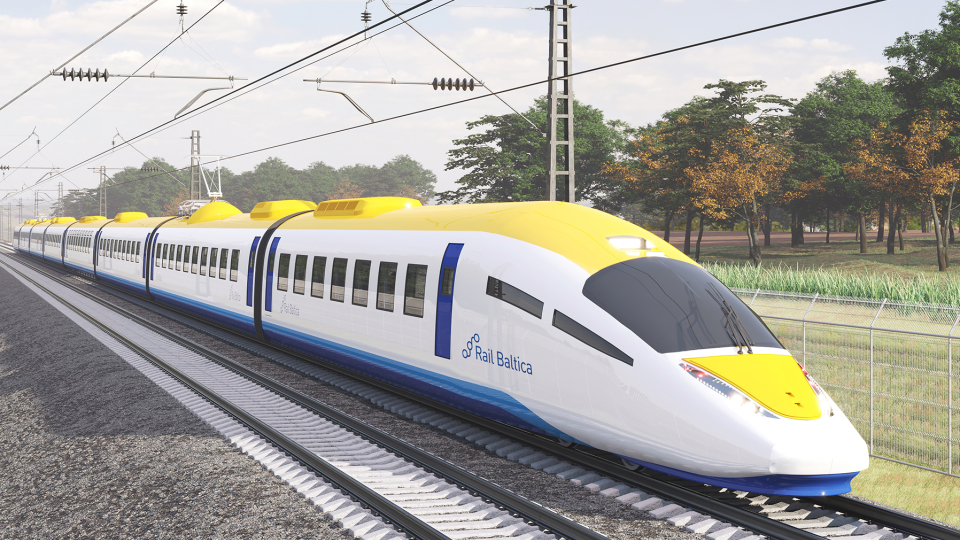However, the reports constitute far from the final word on the matter as a release said they will be used to "provide a basis for further enhanced cooperation with the global project’s delivery organizations, municipalities, business associations, transport service providers, NGOs, and other relevant partners."
In among a considerable amount of babble about the "continuous development perspective" and "multimodal transportation hubs" are suggestions on how to develop all 7 Rail Baltica international stations – Tallinn Ülemiste, Pärnu, Riga Central Hub, Riga International Airport, Panevėžys, Kaunas and Vilnius.
“The output of these studies will be used as a solid basis to continue the dialogue with the relevant project partners, decision-makers to further increase the focus of Rail Baltica infrastructures and services on the future end-users, people and businesses. Indeed, as each planned location for the different Rail Baltica regional stops is different, in terms of population, economic activities, potential development, etc. a close cooperation with municipalities and local communities during regional stations’ planning and design phase, as well as continuous development, is of importance for success,” said Dr. Stefano Manzo, Transport Economist at RB Rail AS, the joint venture responsible for the project.
Strangely, in the release about the reports, RB Rail quoted examples from Manchester and Sheffield in former European Union member state the United Kingdom as examples of how rail redevelopment projects can increase property values and create jobs, though the UK's privatized rail system bears little resemblance to the system in the Baltic states.
"Key conclusions of the study include recommendations on how to develop stations as meeting places for people and businesses, including designing for convenience and attractiveness for all types of users, therefore beyond the stations’ historic function as transport operational facilities. This means providing services to make them more attractive for people, and not just travellers: examples of this could be retail areas, a range of choices for refreshments, possibly entertainment options, and so on," said RB Rail. The idea of providing shops and cafes is hardly groundbreaking, though.
As previously reported by LSM, commissioning the reports cost nearly 200,000 euros.
If you would like to peruse the reports at your leisure, you can do so via the links below.
Maximization of Gross Value Added for RB Rail AS International Passenger Stations 2022
– Executive summary (PDF)
– Final report (PDF)
Regional Impact Studies: Socio-economic Impacts of Regional Railway Stops and Services 2022
– Executive summary (PDF)
– Final report (PDF)

























